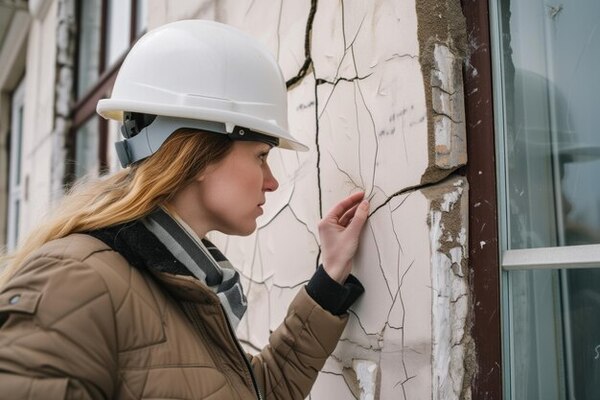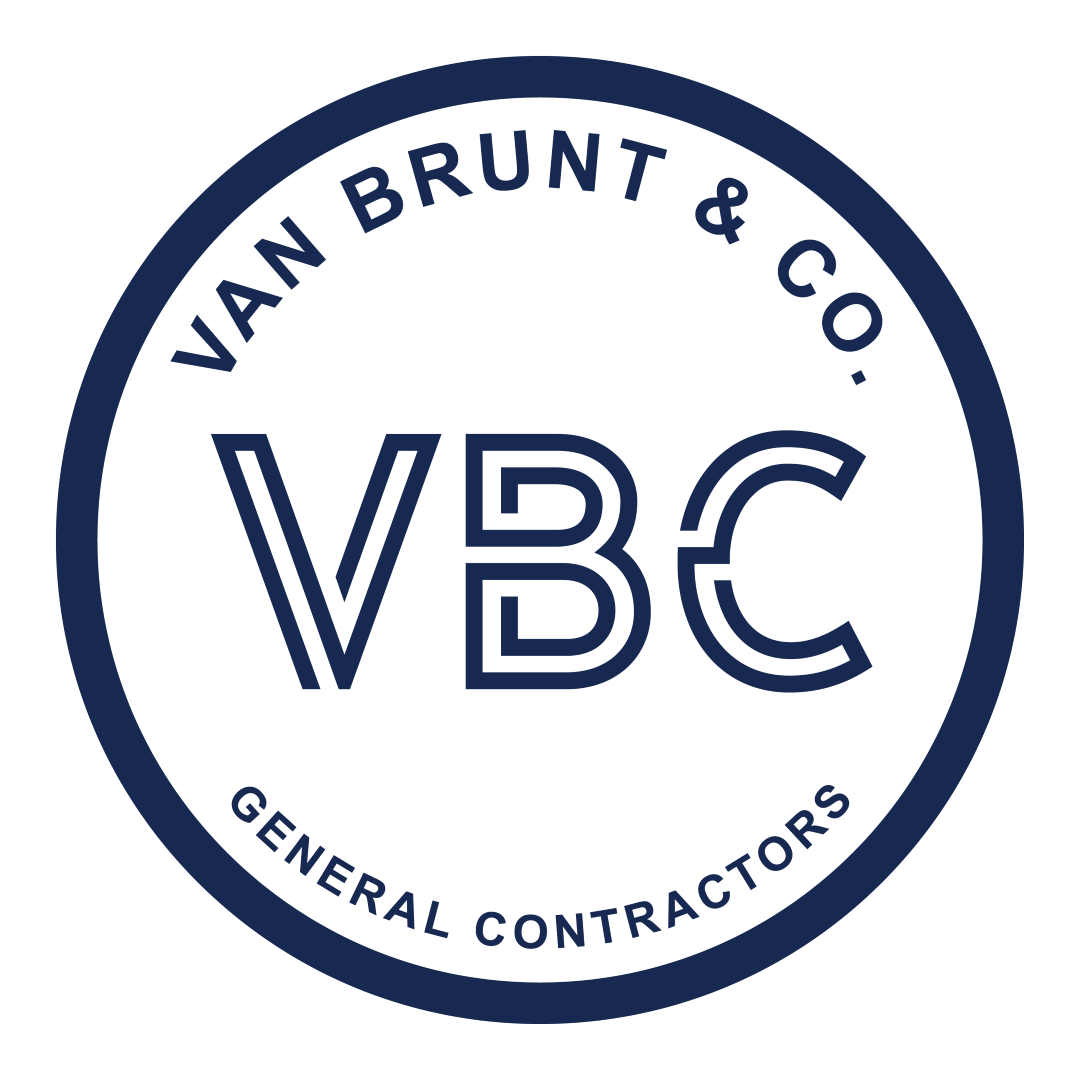Running a successful business starts with strategic commercial building remodeling to create a space that is functional, safe, and visually appealing. For small business owners, property managers, entrepreneurs, and building owners, recognizing when a commercial space requires renovation is key to maintaining operational efficiency, ensuring safety, and enhancing aesthetic value. In the realm of commercial construction, identifying these needs early can make all the difference. In this guide, we’ll highlight common warning signs that signal a need for commercial remodeling and share practical solutions to tackle these issues seamlessly. Whether you’re dealing with outdated layouts or structural concerns, proactive remodeling within the framework of commercial construction can significantly improve your business environment and operations.

Signs Your Commercial Space Needs Renovation
Keeping your commercial space in excellent condition is crucial for safety, functionality, and maintaining a professional image. Over time, wear and tear can take a toll on your property, signaling it’s time for commercial building remodeling. Watch for these key indicators:
Deteriorating Infrastructure
The foundation of a commercial space is its infrastructure. When the building begins to show signs of wear, it can compromise safety and operations. Common signs include:
- Cracks in Walls and Ceilings: These may signal foundational shifts or settling issues.
- Leaking Roofs: Water damage isn’t just unsightly; it can lead to mold, rot, and expensive repairs.
- Faulty Electrical Systems: If you’re noticing frequent power surges, outages, or flickering lights, it’s time for an inspection.
- Plumbing Problems: Persistent leaks, clogged drains, or low water pressure often indicate hidden damage that needs addressing.
Ignoring these signs can lead to more extensive and costly repairs, so timely renovations are essential to ensure safety, longevity, and operational efficiency. This proactive approach safeguards your investment while enhancing the space’s functionality and appeal.
Outdated Aesthetics
First impressions have a lasting impact, and an outdated or neglected appearance can deter clients and customers. Updating your space’s aesthetic is vital for maintaining a professional and welcoming image. Signs your space needs a makeover include:
- Worn-Out Flooring: Cracks, stains, or designs that feel outdated can diminish the overall appeal.
- Faded Paint: Peeling, discolored, or outdated paint shades can make your space look uncared for.
- Old Fixtures: Outmoded light fixtures, windows, and doors often give an impression of neglect and lack of modernization.
Technology Gaps
In an era where technology drives efficiency, lagging behind in tech infrastructure can hold your business back. Updating technology in your commercial space is not just an upgrade; it’s a necessity to stay competitive. Signs your space is technologically outdated include:
- Outdated Networking Equipment: Connectivity issues and slow internet speeds disrupt productivity.
- Insufficient Power Outlets: Modern workspaces need ample outlets to power today’s devices and tools.
- Lack of Smart Technologies: Smart lighting, thermostats, and security systems not only enhance convenience but also improve energy efficiency.
Renovating your commercial space to address these issues ensures a fresh, professional image while improving functionality and competitiveness. It’s an investment in the future success of your business.
Safety and Health Hazards
A safe environment is non-negotiable for your business operations. Ignoring health and safety concerns can lead to costly liabilities, legal issues, and damaged trust. Look out for these red flags:
- Mold and Mildew: Especially black mold, these pose serious health risks and often signal water damage or leaks that need repair.
- Asbestos: Common in older buildings, asbestos is a significant health hazard and should be professionally removed if present.
- Fire Safety Issues: Outdated fire alarms, missing or expired extinguishers, and non-compliant escape routes can put lives at risk.
- Accessibility Concerns: Non-compliance with ADA standards can alienate customers and expose your business to legal penalties.
Addressing these issues during a renovation not only enhances safety but also demonstrates your commitment to creating a welcoming and secure environment. Taking action ensures your commercial space meets modern standards and reflects your dedication to excellence.

The Importance of Timely Renovation
Renovating your commercial space isn’t just about aesthetics; it’s an investment in safety, efficiency, and the long-term value of your property. Postponing renovations can have serious repercussions, making timely updates essential for business success.
Potential Consequences of Ignoring Renovation Needs
Overlooking necessary updates and repairs may lead to:
- Decreased Property Value: Neglected spaces lose appeal and market value, diminishing your asset over time.
- Increased Repair Costs: Minor issues, if ignored, can escalate into costly, extensive repairs.
- Legal Liabilities: Non-compliance with building codes can result in fines, lawsuits, or operational shutdowns.
Correcting Building Code Violations
Ensuring compliance with local building codes is crucial for both safety and legality. Regular inspections and timely renovations help address:
- Safety Concerns: Outdated infrastructure or non-compliance can put occupants at risk.
- Regulatory Standards: Meeting local codes avoids fines, legal actions, and operational interruptions.
- Long-Term Benefits: A code-compliant building boosts confidence among tenants, customers, and investors.
By addressing renovation needs proactively, you protect your property’s value, ensure safety, and maintain a professional image that reflects your commitment to quality and excellence. A timely renovation is an investment that pays off in multiple ways.

Planning Your Commercial Building Remodeling
Planning a commercial building remodeling is a critical step in ensuring the success of your project. With proper preparation, budgeting, and the right contractor, you can transform your space while minimizing disruptions to your operations. Here’s how to approach the process effectively.
Key Considerations for a Successful Renovation Project
Strategic planning is essential to achieving a seamless renovation. Focus on these core areas:
- Scope of Work: Begin by identifying areas that need attention, whether it’s structural issues, outdated aesthetics, or safety concerns. Prioritize renovations based on urgency and overall business impact.
- Timeline: Develop a realistic schedule that balances renovation needs with minimal disruption to your operations. Clearly define deadlines and plan around them.
- Permits and Approvals: Ensure compliance with local regulations by securing the necessary permits and approvals before beginning work. This step avoids delays and legal issues.
Budgeting and Financing Options
Renovations require financial planning, but with the right strategies, you can manage costs effectively:
- Set a Budget: Clearly determine how much you are willing to spend and allocate funds to each aspect of the project.
- Explore Financing Options: Look into loans, grants, or tax incentives designed to support commercial renovations.
- Cost-Benefit Analysis: Evaluate the return on investment (ROI) by considering how the renovation will improve functionality, attract customers, and enhance property value.
Finding the Right Contractor
The choice of contractor is critical to the success of your renovation. A reliable and experienced contractor can make the difference between a smooth process and costly setbacks.
- Research and Referrals: Seek recommendations from trusted sources and research contractors with relevant experience.
- Check Credentials: Verify that the contractor is licensed, insured, and has expertise in commercial projects.
- Review Past Projects: Assess their portfolio to ensure their quality of work aligns with your expectations.
The Importance of Communication and Transparency
Strong communication fosters trust and ensures the project stays on track:
- Regular Updates: Expect frequent progress reports to stay informed.
- Clear Contracts: Use a detailed contract to outline the scope of work, costs, and timelines.
- Open Communication Channels: Keep lines of communication open to address concerns promptly and maintain a positive working relationship.
By prioritizing thorough planning and collaboration, you can ensure your renovation delivers lasting value to your business.
Conclusion
Proactively identifying and addressing the remodeling needs of your commercial space is essential for sustaining business growth and success. Timely renovations not only enhance aesthetics but also ensure safety, improve functionality, and keep your property compliant with modern standards. By planning strategically, budgeting effectively, and collaborating with skilled contractors, you can transform your space into a valuable asset that reflects your commitment to quality and professionalism. Don’t wait for small issues to escalate—take action today to create a commercial environment that drives operational efficiency and leaves a lasting positive impression on clients and employees alike.
FAQs
What are the most common signs that a commercial space needs renovation?
Cracks in walls, leaking roofs, outdated fixtures, and mold are clear indicators a renovation is needed.
How often should I inspect my commercial building for renovation needs?
Conduct inspections at least annually or after severe weather to identify wear, damage, or compliance issues.
What is the best way to budget for a commercial renovation?
Set a clear budget, explore financing options, and conduct a cost-benefit analysis to plan effectively.
How do I choose the right contractor for a commercial renovation?
Check credentials, review past projects, and seek referrals to ensure expertise and reliability.
Why is compliance with building codes crucial during renovations?
It ensures safety, avoids legal penalties, and protects your business from potential liabilities and disruptions.
